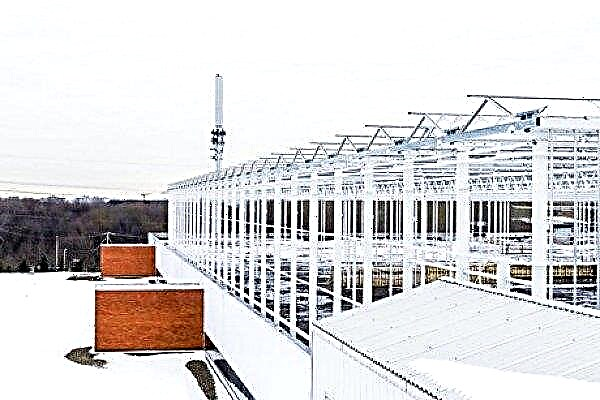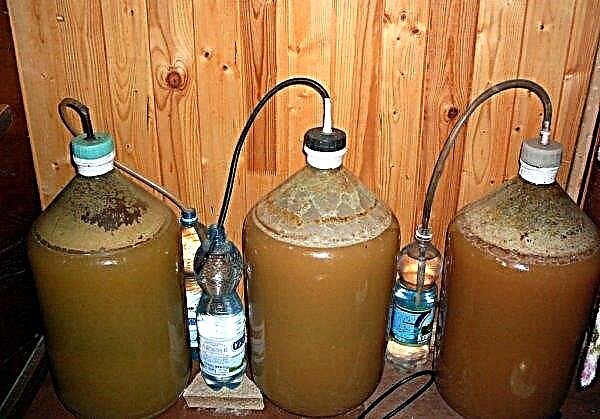The long, wet weather in the U.S. corn belt has a major impact on the 2019 corn planting.
Given that there is less than 60% of the crop in the soil (compared with 90% on average for five years at that time) and a stronger forecast for precipitation over the next two weeks, the likelihood that a significant amount will not be planted this year will increase sown area.
The large corn states around Illinois, Iowa, Ohio, South Dakota and Indiana, the main cultivation area in Chicago, have been hit hardest, and declining yields due to waterlogged soils, together with shrinking areas, could well bring down 70 million tons of corn in 2019.
In other countries of the world, large corn yields are still expected: Brazil predicts 100 million tons, Argentina - 50 million tons, and the Black Sea region - 30 million tons. Despite the fact that there is no real concern about global supplies, the markets became nervous, and the news forced the funds to cover about 70% of their extremely short grain positions.
In local markets over the past couple of weeks, corn prices have risen by about 24 pounds per ton. This has led to the fact that the price of corn has become much more consistent with the prices of wheat and barley, and can reduce the significant emphasis on corn in many livestock diets.
In terms of protein crops, rains in America are also a factor for farmers who are unable to grow corn and want to switch to soybeans, but soybean crops are also postponed by 29%, compared to an average five-year period of 66%.
In addition, it is still unclear to American producers how President Trump’s compensation will be distributed to farmers in the amount of $ 20 billion, and for many there is an opportunity to apply for crop insurance.












